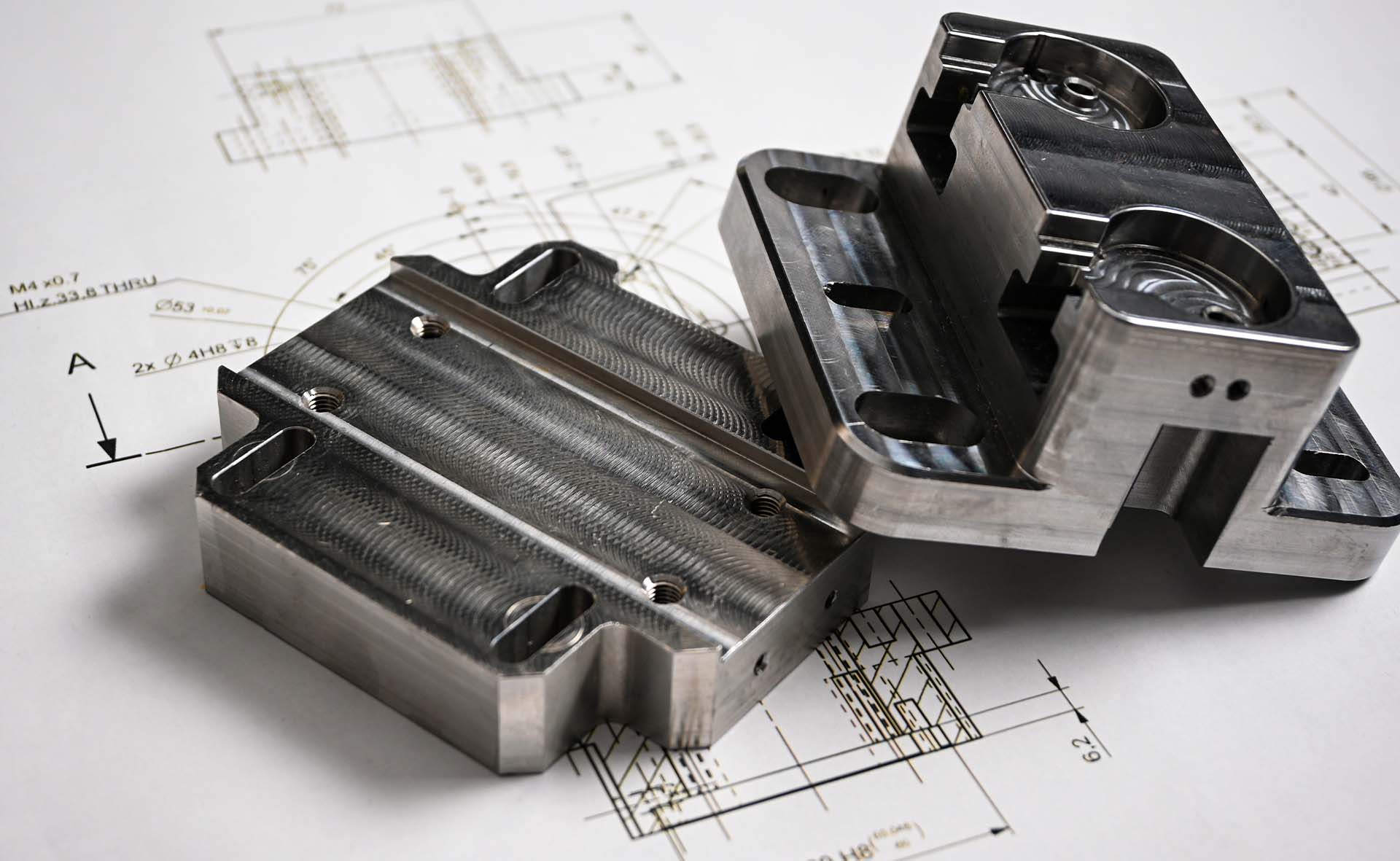Understanding tolerances in CNC Machining is vital for the form, fit, function of the final part. So, what’s the best way to achieve optimal results? This Machining Tolerance Guide will walk you through everything you need to know about CNC tolerances, including:
While CNC machines are renowned for their exceptional precision, achieving absolute perfection is impossible—you will always find a small dimensional variation between the final part and drawing. Machining Tolerances is essentially the amount of deviation allowed in a part’s dimension from the intended design when machined. These tolerances are critical, as they ensure machined parts fit together correctly, function as intended, and meet required performance standards.
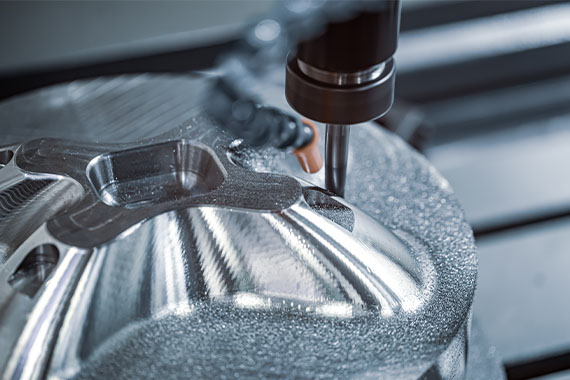
ISO 2768 is an international standard that provides general metric tolerances (mm) for linear and angular dimensions without individual tolerance indications, grouped into four tolerance classes:
The chart below provides the general tolerances for these classes.
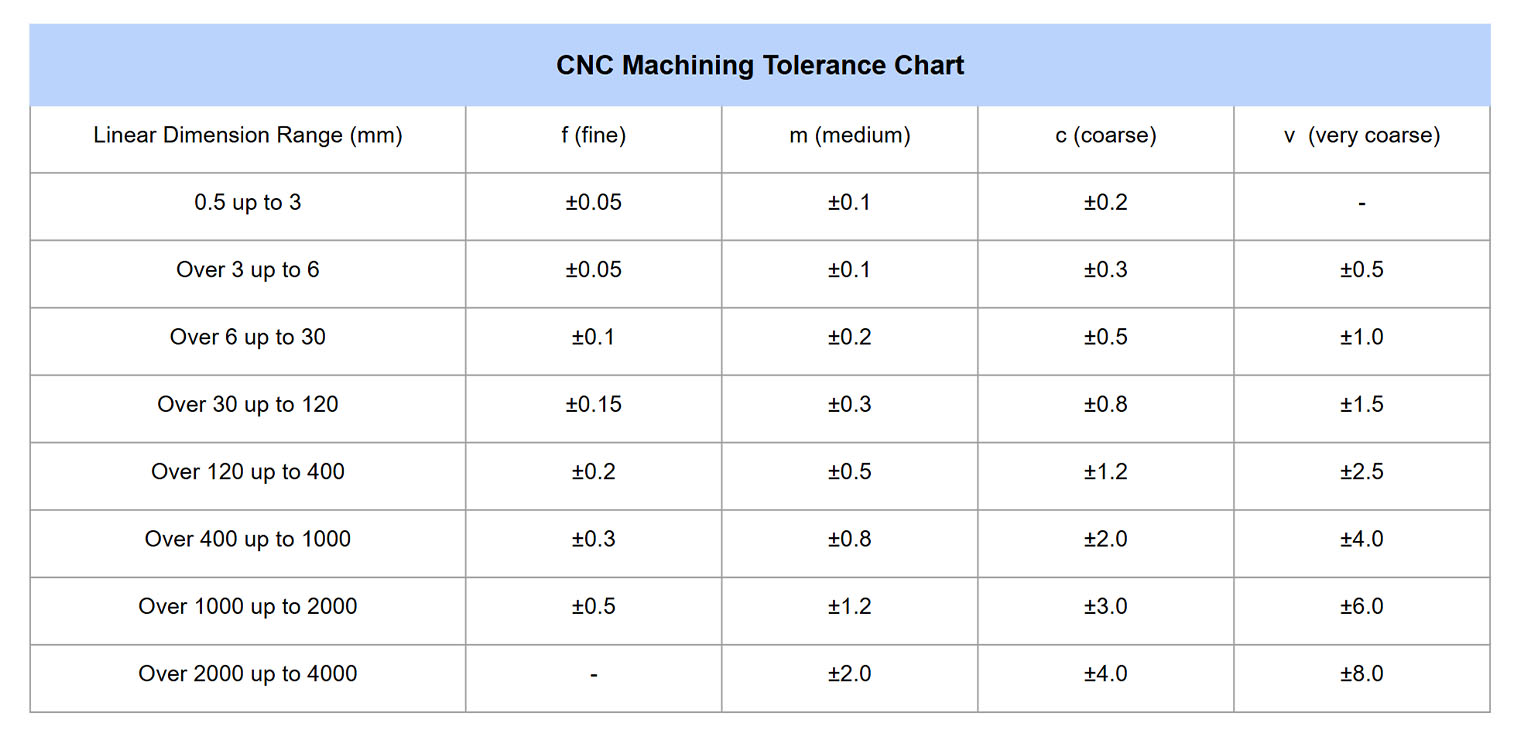
Default CNC Tolerances — Unless specified on the 2D technical drawing, the parts will usually be machined according to a general tolerance grade. At HLH, standard tolerances are controlled to ISO 2768-1 medium (m) for milled and turned parts, generally around ±0.005″ (0.13 mm).
High-Precision CNC Tolerances — For applications requiring greater accuracy, such as aerospace or high-performance automotive components, we can machine metal parts to tolerances as tight as ±0.001″ (0.025 mm) or better. This level of precision is considered a tight tolerance in machining.
Tightest Tolerance Achievable with CNC — For very specialized parts like surgical equipment and implants, certain CNC shops equipped with advanced machines and techniques can achieve extremely tight tolerances, ranging from ±0.0002″ (0.00508 mm) to ±0.0005″ (0.0127 mm). However, it is quite rare to require such extreme precision.
To calculate tolerance for a bilateral tolerance (which will explain in the next section), we need to establish the upper and lower limits for the process. For example, if the lower limit is 1 mm and the upper limit is 5 mm, then the calculation of the tolerance would be as follows:
Part geometries and machining processes can vary significantly from project to project, so tolerances can be specified using different systems, including:
Unilateral Tolerance:
In a unilateral tolerance, the basic size of the component is the same as either the upper limit or the lower limit, and the permissible variation is only in one direction—either entirely positive or entirely negative, but not both. For example, if a shaft has a basic diameter of 10 mm and a unilateral tolerance of +1 mm, the tolerance could be +1/0 (acceptable range: 10 mm to 11 mm) but not 0/–1 (acceptable range: 9 mm to 10 mm), and vice versa.
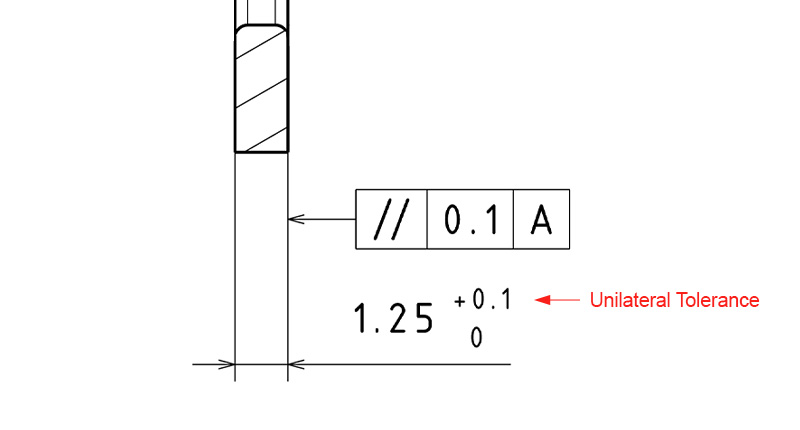
Bilateral Tolerance:
This is the more commonly used system, where the basic size of the component is either between the upper or lower limit. For example, if there is a pipe with a diameter of 10 mm and a bilateral tolerance of ±1 mm, the basic size will be 10 mm, the upper limit will be 11 mm, and the lower limit will be 9 mm.

Limit Tolerance:
Straightforward system that eliminate the need for calculations. For example, for a 10 mm diameter pipe with a bilateral tolerance of ±1 mm, it would simply be expressed as 10-11 mm.
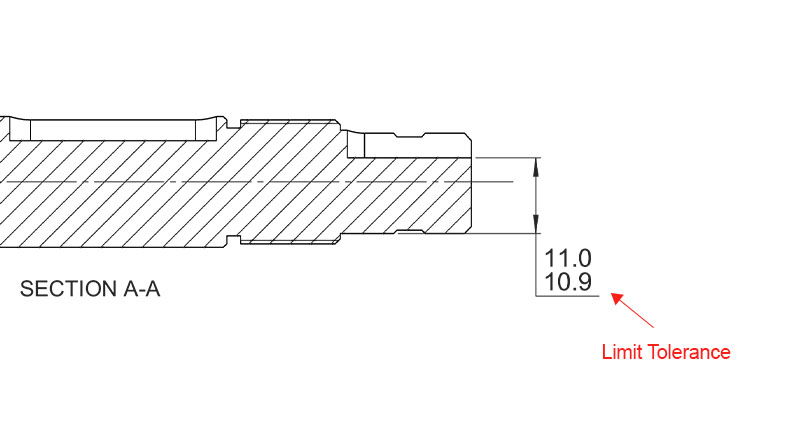
It’s a semi-circle (half oval) symbol lying on its cross-section diameter and implies that the curve of the line should be within an acceptable range. Suppose the engineering drawing specifies a profile of a line tolerance of 0.2 mm using the profile tolerance symbol, it means the actual curved edge of the part must lie within a band of ±0.1 mm (total width 0.2 mm) around the ideal curve.
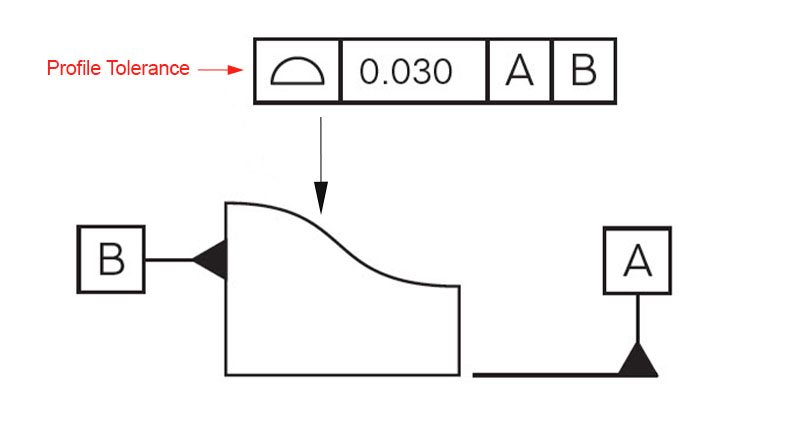
Tight tolerances demand specialized cutting tools and longer machining times, which can significantly increase part costs. In fact, only about 1% of parts require tolerances in the ±0.0002″ to ±0.0005″ range. And often, it’s just certain features that need ±0.001″ (0.025 mm) or tighter. Unless absolutely necessary, avoid “over-tolerancing” and stick to standard tolerances wherever possible.

Use tighter tolerances only on critical features that affect assembly, fit, or function. Keep non-critical features at standard tolerances to save cost and time.
When two assembly parts mate together, their dimensions combine to create a final measurement. If the total is over or under the intended value, the variation can cause fit or function issues. Stack-up analysis — often using a worst-case scenario calculation — helps prevent these problems.
If your project uses tolerances that differ from the company’s or industry’s default standards, include a tolerance table directly on the 2D drawing. This ensures machinists and inspectors know exactly which limits apply to each dimension.
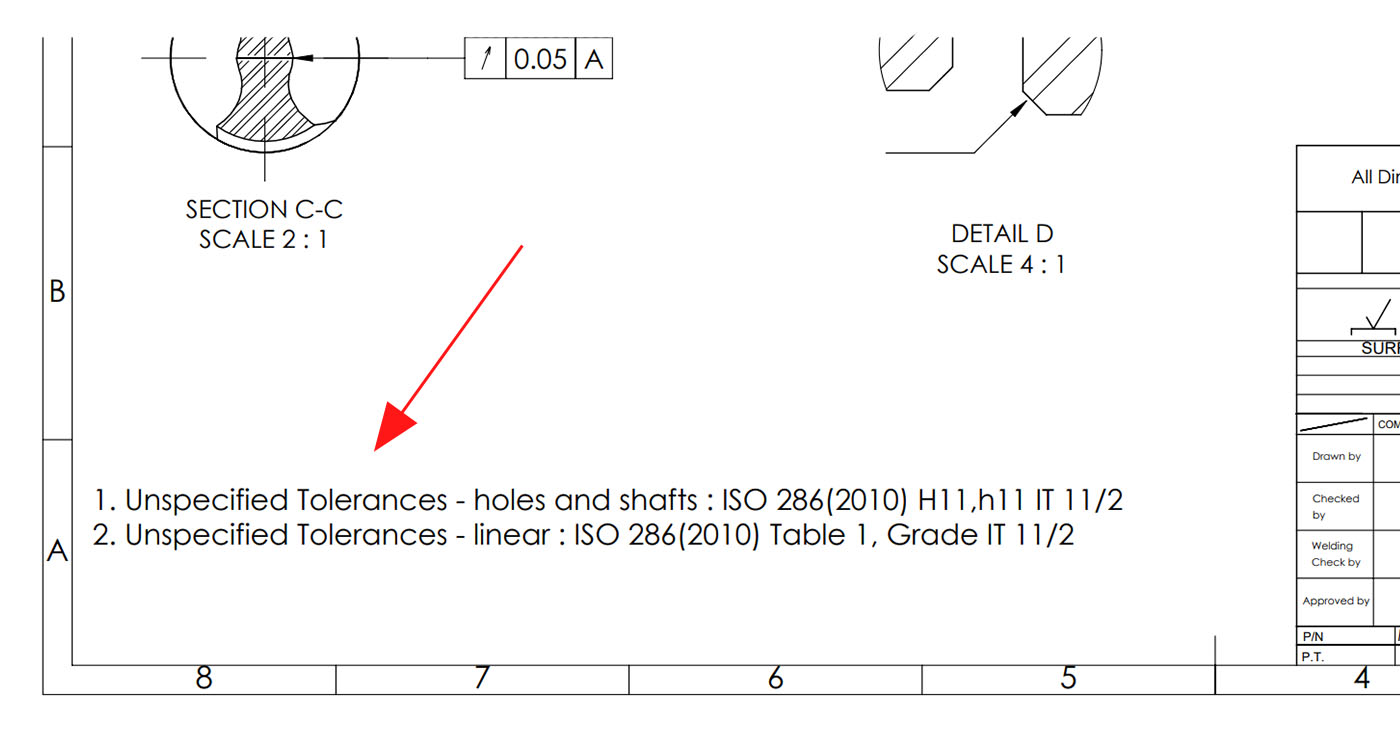
The expectation of tolerance should be in line with the material’s machinability. Soft, flexible or abrasive plastics are more challenging to machine to tight tolerances, whereas metals, more rigid plastics and certain composites can achieve higher precision in CNC. For standard plastic parts, machinists commonly use ISO 2768-1 Medium, while for metals and other rigid materials, ISO 2768-1 Fine is generally used.
Need precision machined parts or assemblies for your next project? Send across your STP (.step) file and 2D drawing with the critical tolerances specified (if any) to us at info@hlhrapid.com, and our team will get back with a free quote within 24 hours. If you want to learn more about CNC machining with HLH, simply visit our CNC Services Page.
